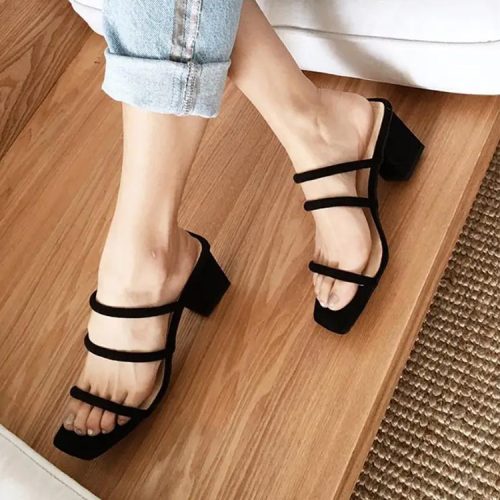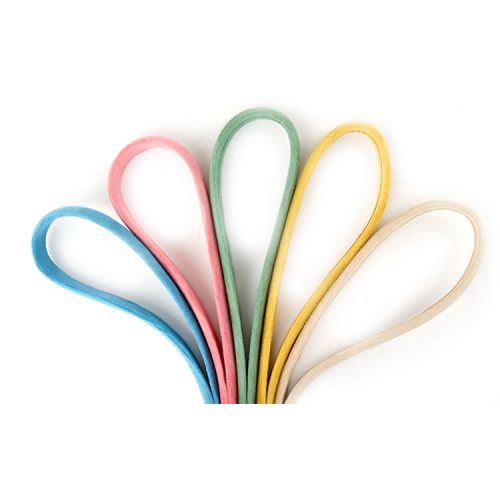The flip-flop has come a long way since its humble beginnings as a simple, rubber-soled sandal worn by beachgoers and surfers. Today, flip-flops are a staple of summer footwear and can be found on runways and in fashion magazines around the world. Here is a brief history of the evolution of the flip-flop:
- Origins: The flip-flop is believed to have originated in ancient Egypt around 4,000 years ago. The earliest flip-flops were made from papyrus and other plant materials and were worn by both men and women.
- The 20th Century: The modern flip-flop as we know it today began to take shape in the early 20th century. The first rubber flip-flops were invented in New Zealand in the 1950s and quickly became popular with beachgoers and surfers.
- Fashionable Footwear: In the 1990s, flip-flops began to move beyond the beach and into mainstream fashion. Designers like Michael Kors and Marc Jacobs started incorporating flip-flops into their collections, and celebrities like Jennifer Aniston and Paris Hilton were often seen wearing them.
- High-End Flip-Flops: Today, flip-flops are not just for the beach and casual wear. Luxury brands like Chanel and Gucci have created high-end flip-flops that can cost hundreds or even thousands of dollars. These designer flip-flops often feature intricate designs, embellishments, and high-quality materials like leather and suede.
- Sustainability: As environmental concerns become more pressing, many companies are now creating eco-friendly flip-flops made from recycled materials like plastic bottles and rubber tires. Some brands also use sustainable materials like bamboo and hemp.
In conclusion, the flip-flop has evolved from a simple beach shoe to a fashion statement and even a luxury item. With the growing popularity of sustainable fashion, we can expect to see even more innovation in flip-flop design and materials in the years to come.


